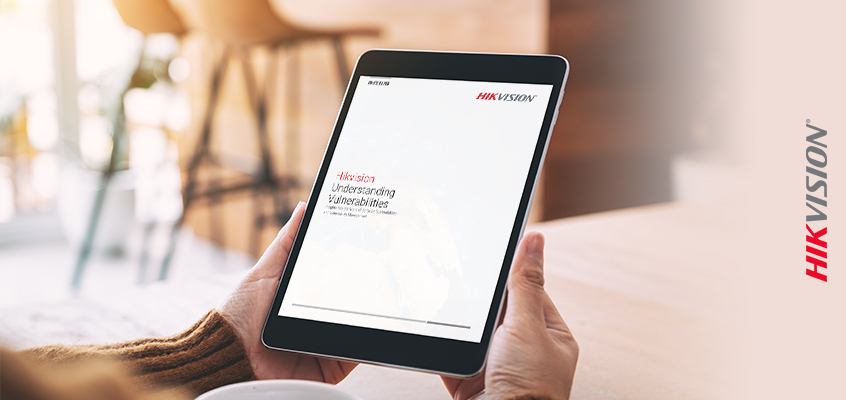Cybersecurity Continues to be Important for the Security Industry: Take Advantage of Hikvision’s Free Resources

According to the 2023 Global Cybersecurity Skills Gap Report, 68% of global organizations face cybersecurity risks due to skills shortage. Security Magazine discusses this report at length in a recent article where they list the key findings of the report about organizations and the top cybersecurity challenges they face. These key findings include:
- Cybersecurity skills shortage contributes to critical IT positions remaining unfilled. The report showed 68% of organizations say they face additional risks because of cybersecurity skills shortages.
- Cybersecurity remains a priority for boards of directors with 83% recommending an increased IT security headcount. In addition, 93% of boards are asking how the organization is protecting against increasing cybersecurity attacks.
- Technology-focused certifications are highly regarded by employers with 90% of leaders preferring to hire people with technology-focused certifications and 90% would be willing to pay for employees to get certified.
- More than half (56%) of respondents indicated their organizations struggle to recruit cybersecurity talent, down slightly from 60% in 2021. The majority (54%) indicate retention is also a challenge, up slightly from 52% last year.
Thankfully, Hikvision offers its users free cybersecurity resources found in our online cybersecurity center. The cybersecurity blog and other resources keep you up to speed on the latest developments and announcements around cyber news. Hikvision learning and development includes numerous webinars and trainings. The cybersecurity center also includes best practices, hardening guides, and the latest security notices and firmware updates.
Additionally, Hikvision offers several white papers on important cybersecurity topics like vulnerabilities, solar camera battery management, the digital world with zero trust, and much more. View this blog to learn more about Hikvision white papers.
Keep your organization safe and take advantage of our free online cybersecurity center today.
